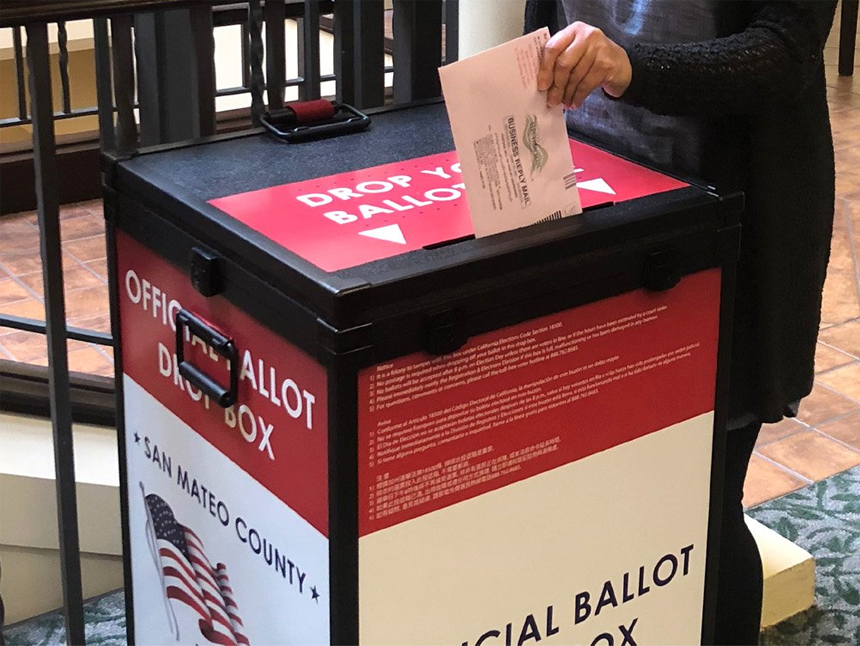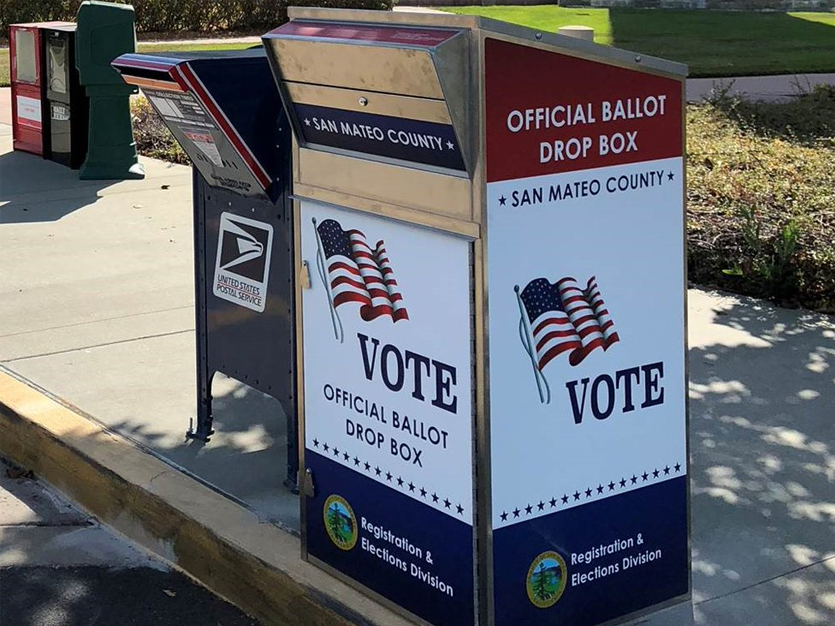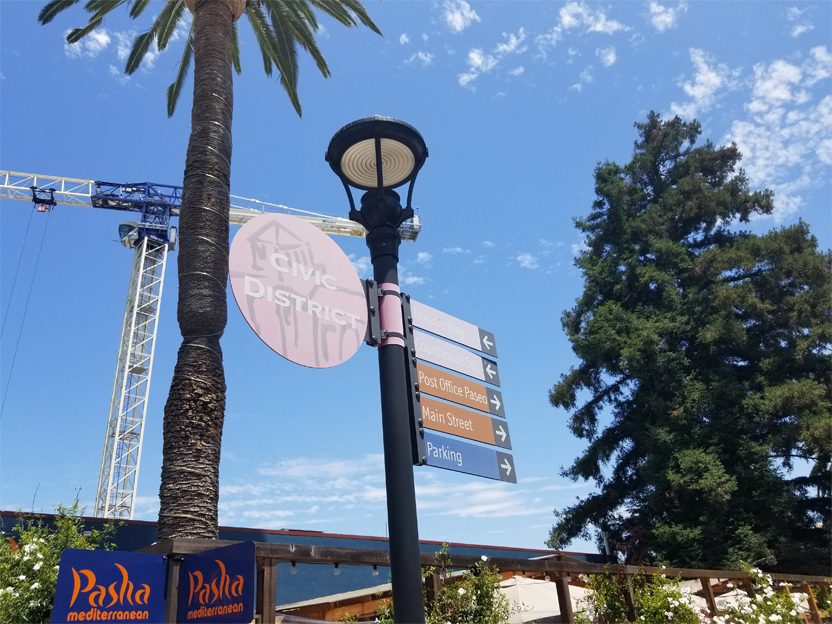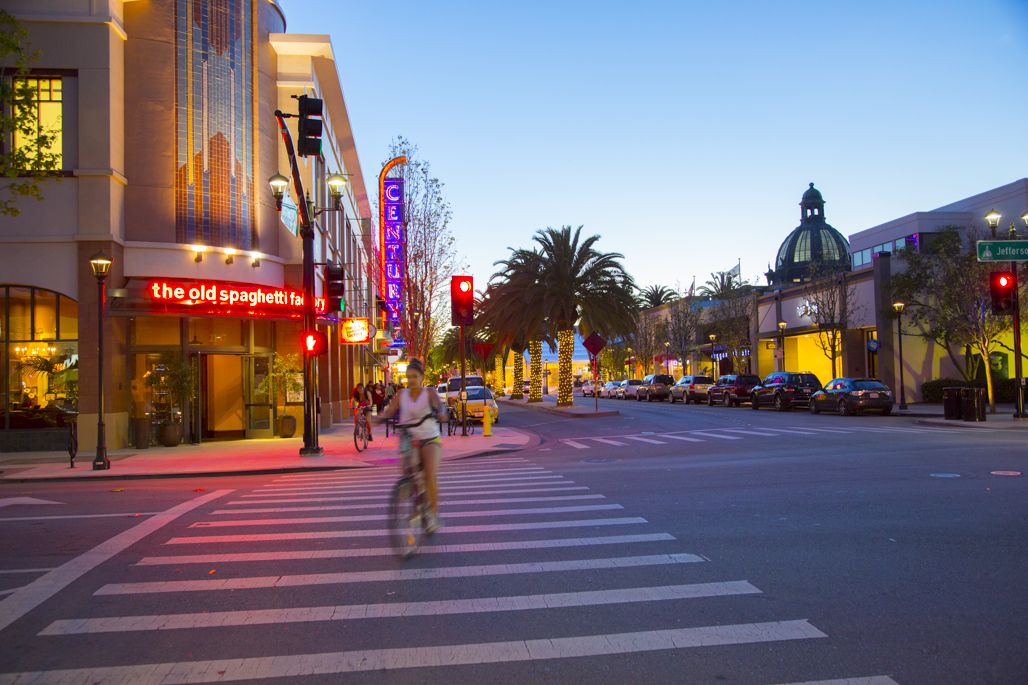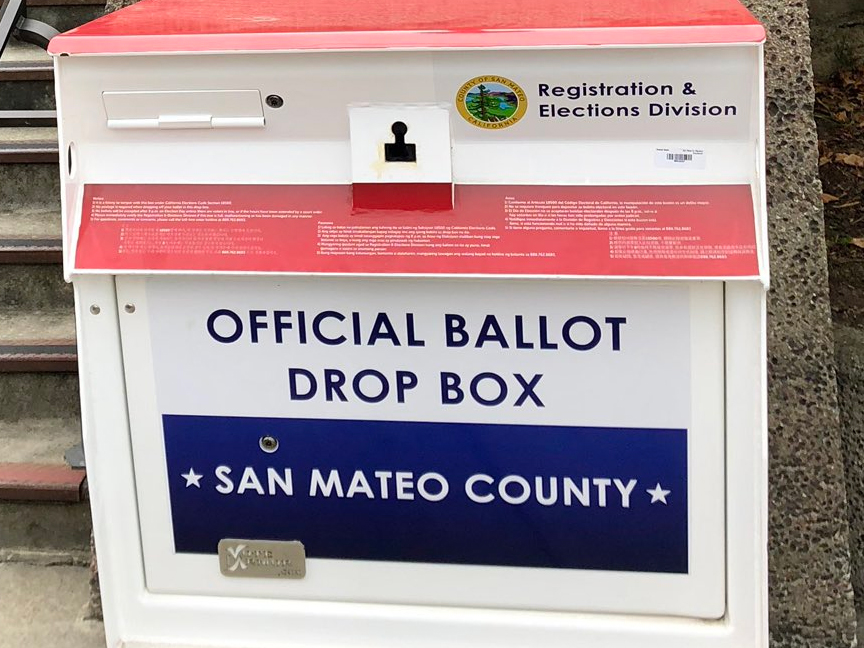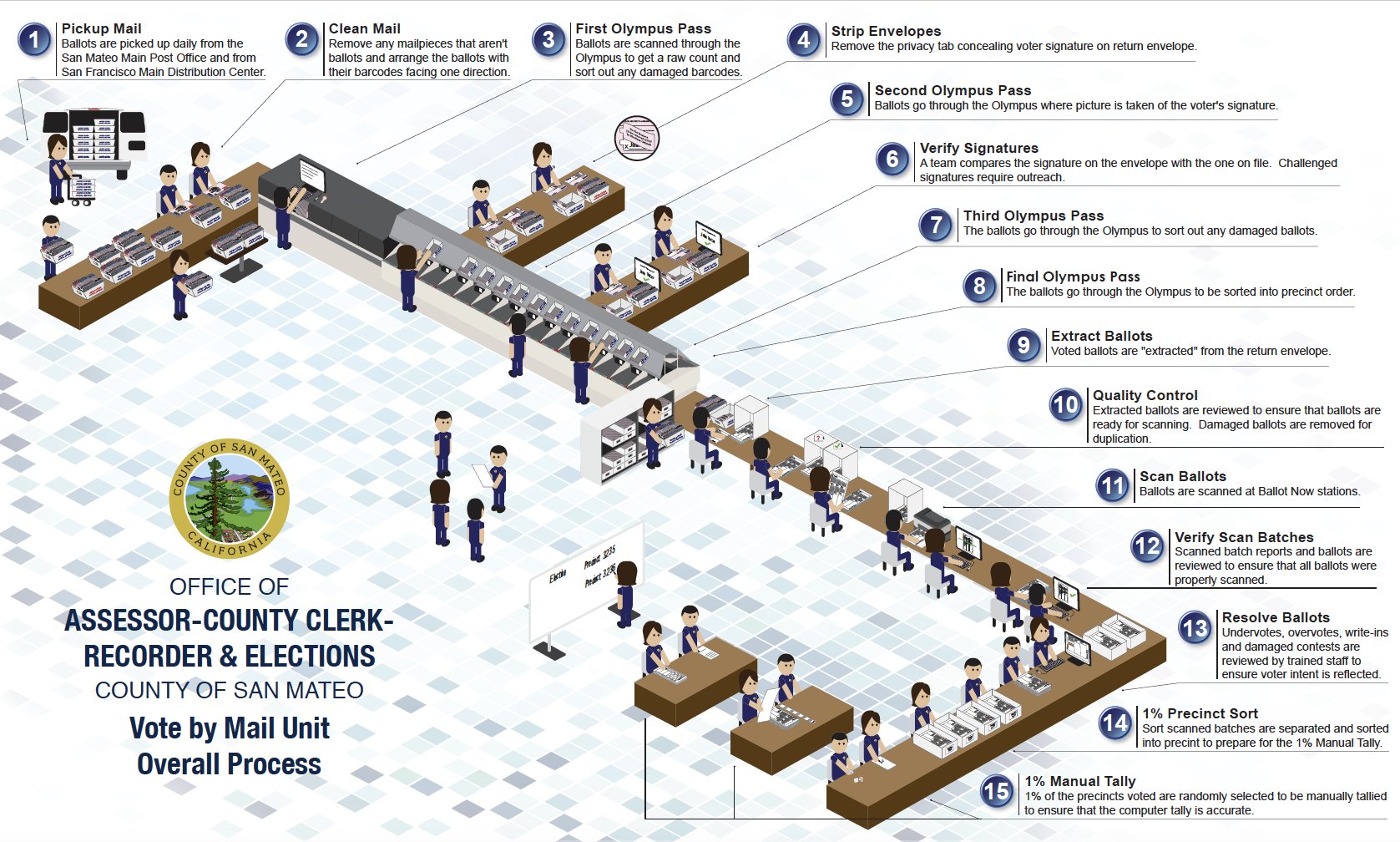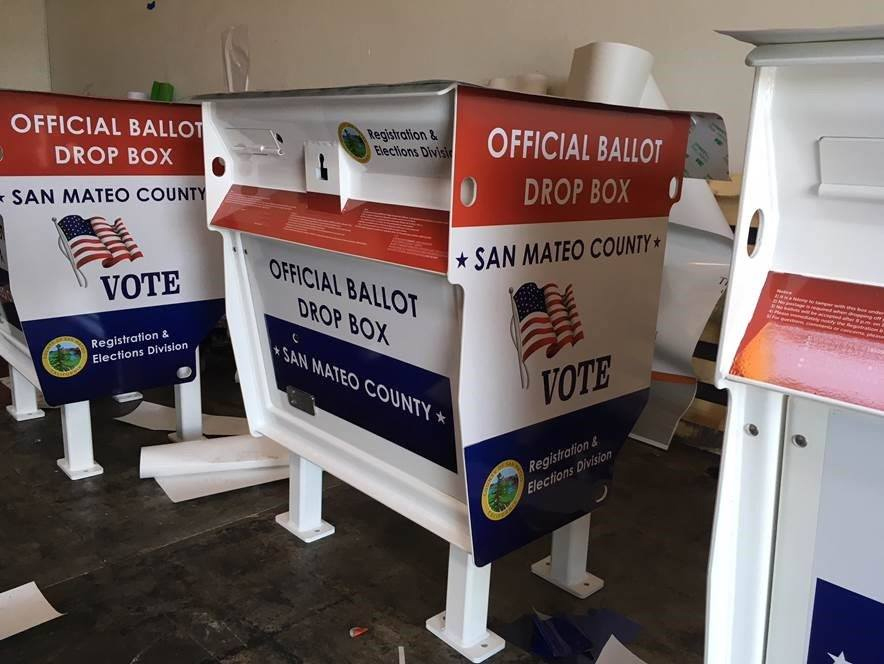Political Climate with Mark Simon: At a time of giving, consider these local nonprofits
In “A Christmas Carol,” Charles Dickens’ short novel that, in many ways, formed our collective understanding of the meaning of the season, Ebenezer Scrooge is approached by a representative of a charity, who is seeking a donation. He appeals to Scrooge, noting it is “a time of year when want is most keenly felt.”
If it is a time of giving, it also is a time of asking.
Countless charities race to the December 31 deadline to get their year-end pitch in our hands in the form of mailed appeals. Make one donation to an environmental group, for example, and you are on a dozen lists of other worthy causes.
They’re all worthy. That’s the challenge, not just for the nonprofits trying to distinguish themselves in the wave of requests, but for those of us who want to give and want to be assured that the money we donate goes to the causes we intended.
Nonprofits are held to a peculiar standard in which we expect them to do sweeping,important and challenging work with virtually no staff and a minimalist administrative budget.
A case could be made that nonprofits should have a much heftier administrative budget, particularly in the area of marketing and fund development, so that they can push to a new funding level.
That’s a debate for another day, better left to someone more versed in the topic than I.
The purpose of this column is to offer up my own endorsement of several local charities with which I am familiar or have some direct involvement. All of them do great work. Each of them has absurdly low overhead, which means the money given to them goes directly to assisting those you want to help.
THREE THAT ARE PERSONAL: I’ll start with three nonprofits on whose boards of directors I sit.
Sequoia Awards was started more than 25 years ago to provide scholarships to high school seniors from Redwood City. So many scholarships are based on athletics or academics. This one is based solely on the community volunteerism of the student. In awarding scholarships, a student’s academic record is not even considered, except to the extent that we can be assured he or she has grades good enough to get into a college – any college.
The great majority of our awardees are Latino, an even greater majority are the first members of their families to go to college. Many of them devote hundreds,even thousands, of hours doing hugely impactful community work, even as their own families are struggling to make ends meet, or even to remain together.
These are stories to stir the soul and to bring hope for the next generation.
And here’s the additional incentive: Sequoia Awards has no staff. The board does all the work.
You can find Sequoia Awards here: http://www.sequoiaawards.org.
Bay Area Cancer Connections also was founded 25 years ago to support women with breast cancer. The main mission then is the same now:Put women in charge of the decisions they face when confronted with a diagnosis.
My wife died four years ago from metastatic breast cancer after 23 years of fighting the disease. We have been engaged and supportive of this organization since its inception.
BACC has expanded its scope to include women with ovarian cancer and we have ambitious goals to reach more people throughout the region with services that are caring and empowering.
BACC can be found here: https://www.bayareacancer.org.
Peninsula TV has been home to my TV show, The Game, for more than 20 years, but I’m also on the board of directors of PenTV. Our ambition is to become the source of news and information for our community. We have big plans, but we will need funding to make it happen.
You can find PenTV here: www.pentv.tv. Because we’re overhauling the website, it’s a little more challenging than it ought to be to find the page for donations, so here it is: http://www.pentv.tv/donations/
ANOTHER WAY TO MAKE IT PERSONAL: Amidst all the need, how do we choose where to give?
I’ve always taken the approach that giving should be value-based.
If you love to read, give the gift of reading. Donate to Project Read, an outstanding program that helps children and adults learn to read or improve their reading skills. With programs throughout the Peninsula, it’s also clear that the tutors gain as much as the students. Or give to your local library. Despite the prediction of their demise, libraries are more dynamic than ever and still are a meaningful resource for many in our community who don’t have personal means.
If you love food, give to Second Harvest Food Bank, which is the leading provider of food to those families for whom the cost of living often forces them to choose between rent or dinner. It is always a shock to see how many people in this plentiful county go to bed hungry.
If you treasure the outdoors that are such a distinctive part of our lives, give to the San Mateo County Parks Foundation, which raises funds for projects that make our county parks more accessible to all and more enjoyable.
You get the idea.
Many of us are blessed with a roof over our heads, food on our tables and the life choices that come with an education.
Much has been given to us. Much is expected of us.
And I can promise you, it will make you feel good to find a little extra time or money or skills that can be put to good use on behalf of those for whom “want is most keenly felt.”
Contact Mark Simon atmark.simon24@yahoo.com.
Photo by Kat Yukawa on Unsplash
*The opinions expressed in this column are the author’s own and do not necessarily reflect the views of Climate Online.


